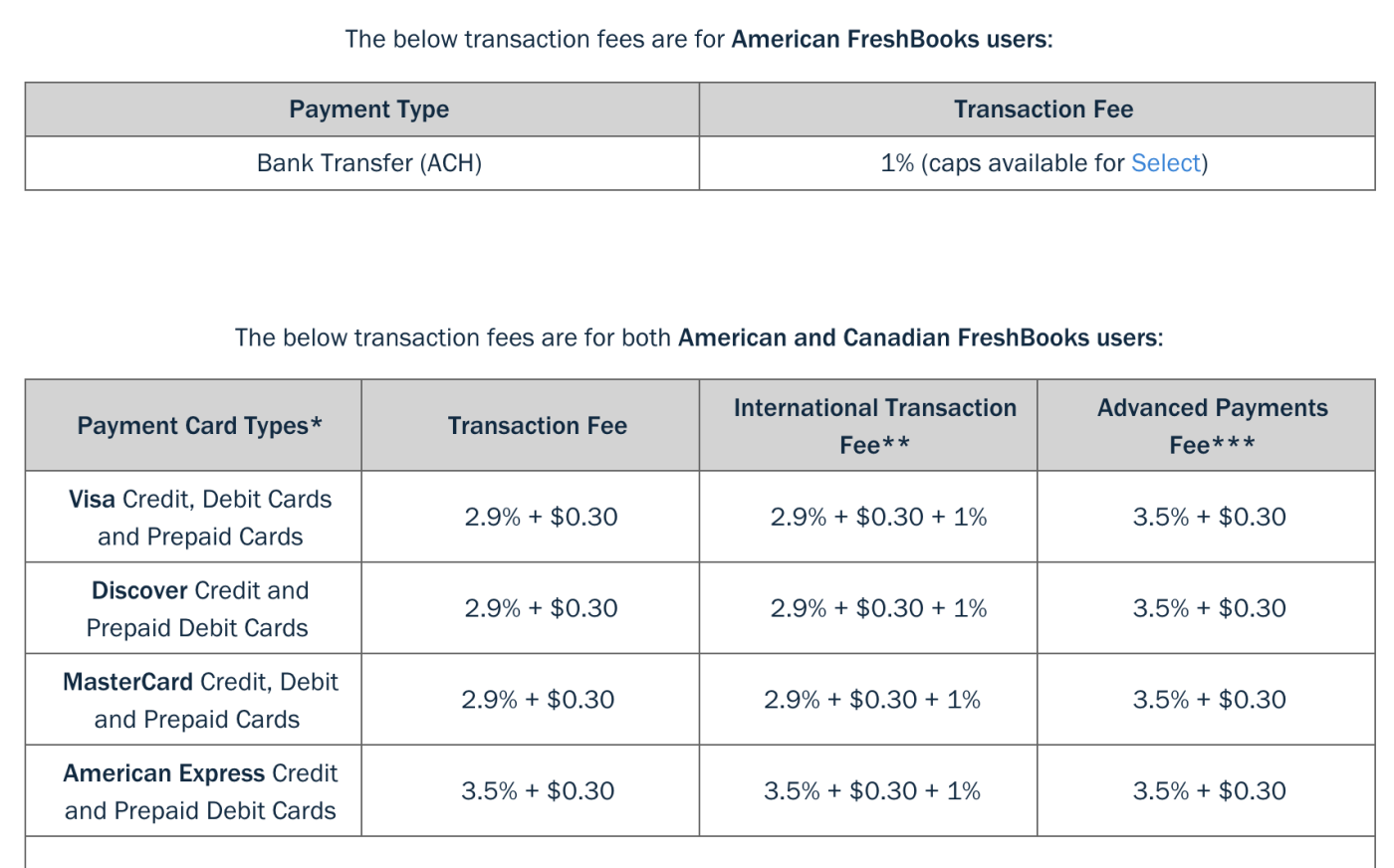Some lessons you learn the hard way, but when the hard way involves losing money, it's worth trying to learn from someone else's mistakes first. So I'm here to share the five most brutal mistakes I made when I first started my content writing business. Internalize them now, and save yourself some grief down the line.
1. Not delegating the right things
Early on in my business, I didn't want to delegate—and I didn't know how. I'm a freelance writer—how was I supposed to trust someone to write like me?
I knew logically that delegating was beneficial, so eventually, I did try to outsource writing. It went horribly. The content almost never sounded like me, and it certainly wasn't the quality I wanted. I ended up rewriting content I'd paid someone else to create and lost a decent amount of money on the deal.
I finally realized that I should be outsourcing other things: tasks like keyword research, finding images, and basic fact-checking. These were parts of my work that I didn't like and that slowed me down. Outsourcing them to trusted colleagues allowed me to speed up my workflow significantly—and I started making more quickly.
So even if you're delegating already, be sure you're delegating the right things. Continue doing what you love, and pass the rest onto your team members (or a virtual assistant, if you're a solopreneur).
2. Not researching cost-effective payment methods
I started working with international clients almost immediately, which meant that payment methods were a little all over the place. Some clients paid me through PayPal, some through credit card, some through ACH transfer, and some through third-party systems of their own.
However someone wanted to pay me was fine by me—money was money, right?—until I realized that for one of my clients, who would pay a $200 invoice every month, I'd pay $40 in bank wiring fees. That's an enormous loss of profit at scale.
I took some time to look at different payment options and realized that ACH transfers and some third-party sites like Wise would allow me to receive payment without any fees. The next best option was my invoicing software's credit card fees, which were 2.9% + $0.30 for cards, except American Express (which cost more). Wire transfers were often not cost-effective unless the invoice was over $1,600.

I adjusted my contracts and switched off a few different payment options in my invoicing software, and my payment fees dropped significantly. Over time, this really added up.
3. Overpaying for software
There are plenty of outstanding paid tools out there that can help you run your business. And some of them are necessary: I need to pay for high-volume invoicing software, for example, to maintain my client data.
Some tools, however, have generous free versions that do the trick. There are free project management tools, free invoicing apps, and even free CRMs.

If you have the opportunity to take advantage of free tools (or the free versions of tools), give it a try. You can always upgrade later, but see if the free ones give you what you need. I was paying for a few SaaS tools that I didn't need to, and it cost me over $1,200 before I realized it.
4. Not having a clearly defined workflow
When I first started, I had few enough clients that I could just tackle assignments as they came in. But as my schedule filled up, I started facing massive pipeline issues with content production.
The entire first week of every month was wasted: I was waiting that whole week for clients to give topic approval or assignments. Then I'd complete outlines and wait another three days to a week for those to be approved. And then, all at once, everything would be approved, and I'd find myself with a month's worth of work to do in two-and-a-half weeks.
To say it created a bottleneck was an understatement. So I developed a new workflow.
I'd reach out to clients with ready-to-go pitches either at the end of a month or right at the beginning of the next, and as soon as they were approved, I'd start on initial outlines. By batching tasks like outline creation and research into certain days, it was easier to keep everything flowing. In the end, I was able to fit in six more blog posts per month by retooling my process.
For an inside look: this is what my first-week workflow typically looks like, and as clients reserve space, I plug their names into the slots.

5. Not saying no
Early on, I had that "client is always right" mindset, and I found myself agreeing to things that cost me an enormous amount of time.
They wanted to jump on an impromptu call in the middle of the day, and then show up late and still want the full 30 minutes? I felt like I had to say yes. They wanted extra edits even though we'd agreed to one round of revisions? I felt like I had to say yes.
And before I knew it, I had said yes to doing nearly double the work than I had agreed upon originally.
I learned that I had to say no, and that boundaries were just as healthy in business ownership as they were in my personal life. Saying no allowed me to keep full control over my own schedule, reduce unnecessary time spent, and focus on the things that brought in the most money.
Of course, these five things are just the beginning. There are so many major missteps that can cost your business money: failing to have proper contracts, neglecting to price your products or services well, not paying your taxes on time, the list goes on. But it's the seemingly small things that are somehow harder to avoid—little errors that add up over time. Take some time to review your processes, and stop those leaks before they get too big.





